Estimated reading time 14 minutes, 41 seconds.
Not long after 10 p.m. local time on Feb. 12, 2009, a Colgan Air Inc., Bombardier DHC-8-400 aircraft, operating as Continental Connection flight 3407, crashed into a house in Clarence Center, N.Y., killing all 49 people on board and one person on the ground.
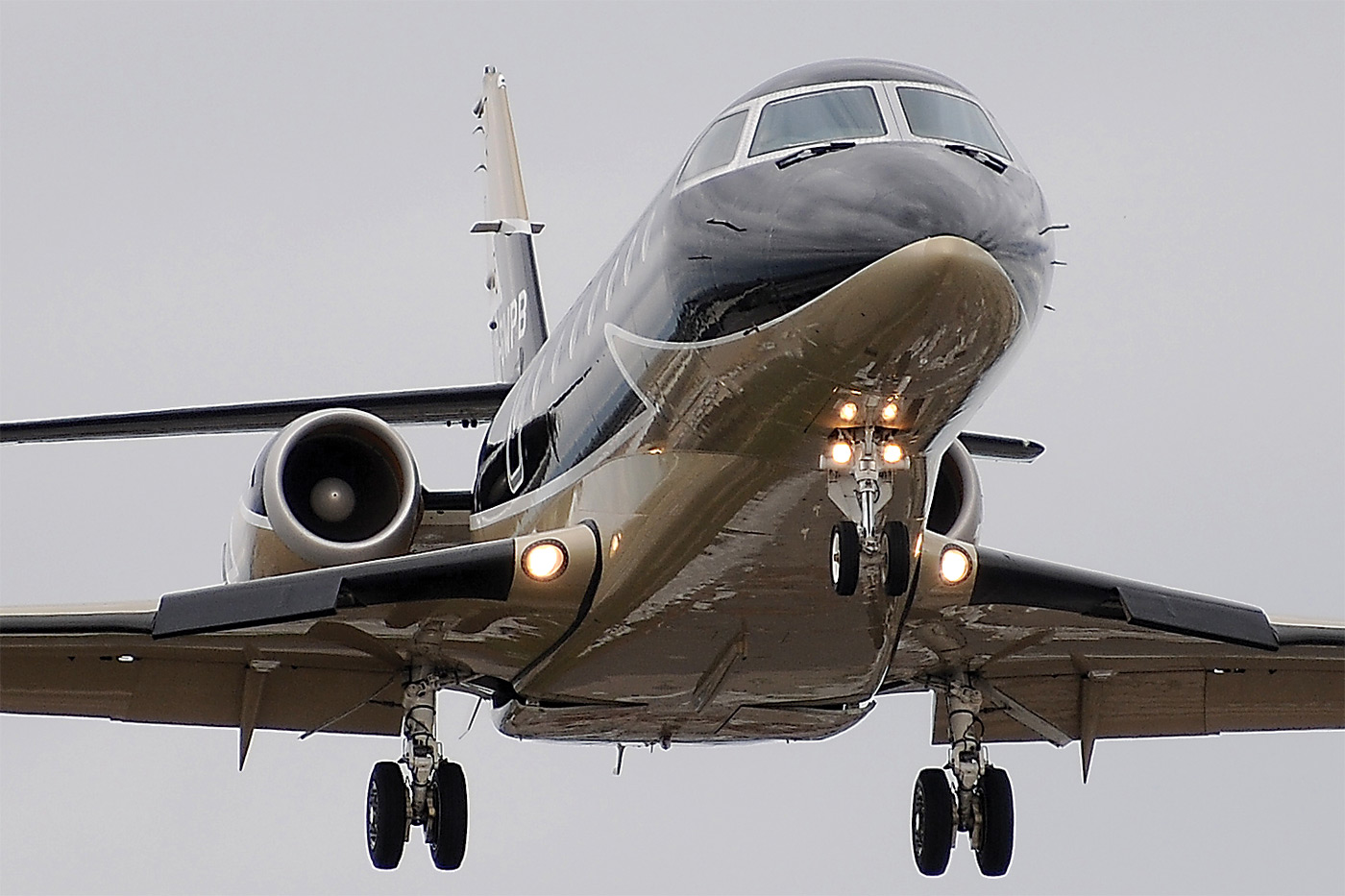
Impact forces and a post-crash fire destroyed the aircraft, which had been on instrument approach to Buffalo-Niagara International Airport, about five nautical miles from the crash site, according to an accident report from the U.S. National Transportation Safety Board (NTSB).
The NTSB concluded the pilots’ performance was “likely impaired because of fatigue,” although the agency also said the extent of their impairment and the degree to which it contributed to performance deficiencies during the flight “cannot be conclusively determined.”
Still, the incident highlighted flight crew fatigue as an international safety issue, and it was in this context that the International Civil Aviation Organization (ICAO) created a series of new standards for fatigue management requirements.
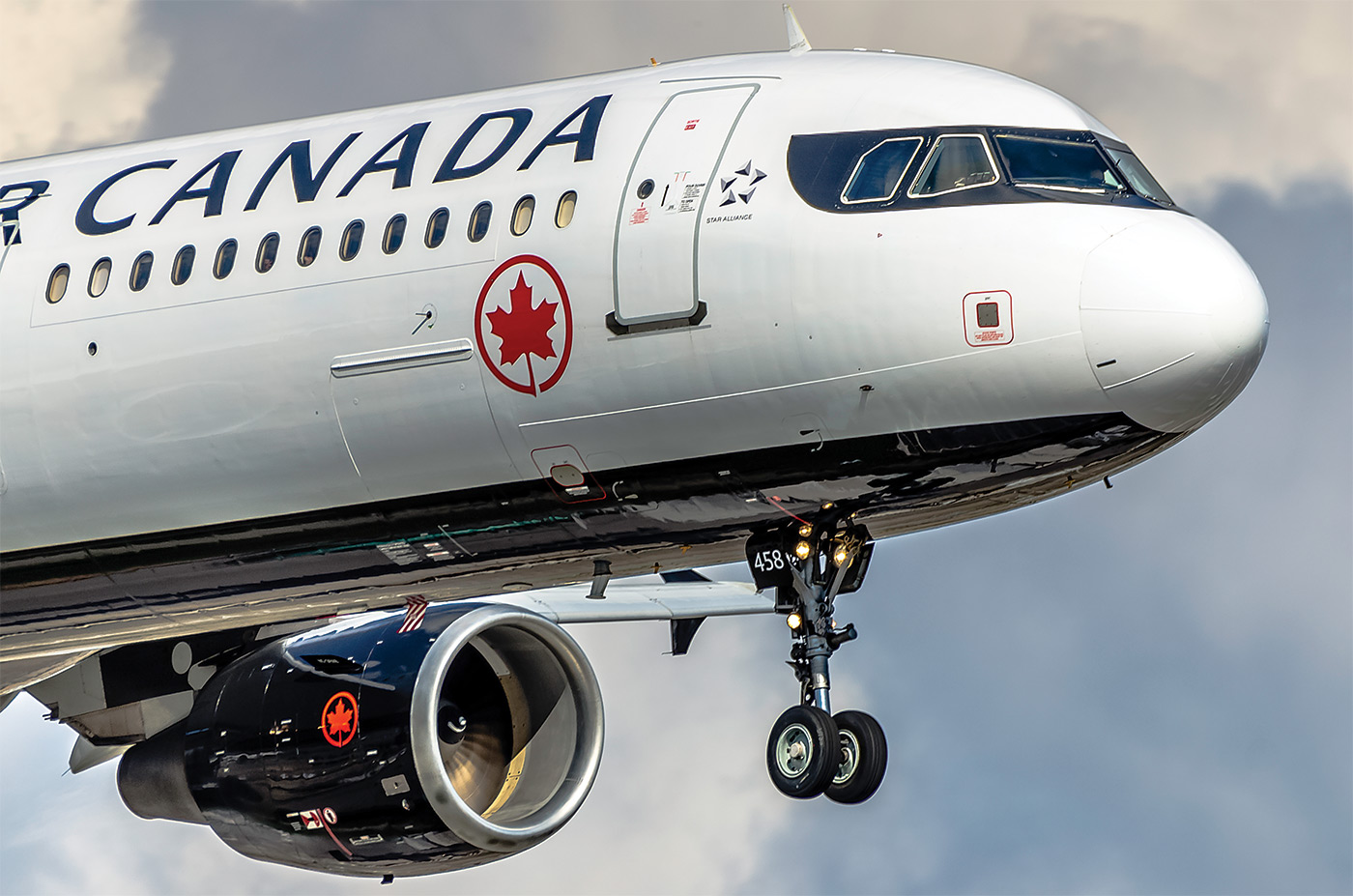
One of the ICAO standards is for state members to establish regulatory requirements for flight time, flight duty time, duty periods and rest period limitations, based on scientific principles and knowledge, to enable flight crew members to perform at an adequate level of alertness.
Canada is in the process of trying to meet the new standards with proposed amendments to the Canadian Aviation Regulations (CARs), following regulatory changes from the U.S. Federal Aviation Administration and European Aviation Safety Agency that came into effect in 2014 and 2016, respectively.
But while there is general support in Canada’s aviation community for improved safety, some see the proposed changes as a one-size-fits-all solution that doesn’t reflect the concerns of smaller operators, particularly in the helicopter industry and in Northern Canada.
Some have gone as far as to say the changes would be devastating to parts of the industry, and that more time is needed to consult with stakeholders and fine-tune the regulations.

“We have argued for some time now that these proposed regulations, at least as far as our segment of the industry is concerned, do not fit,” said Fred Jones, president and CEO of the Helicopter Association of Canada (HAC).
“It’s going to increase the costs of our services significantly, to a point where it may threaten the existence of some of our smaller operators.”
A BRIEF OVERVIEW
The new prescriptive requirements would apply to CARs subpart 703 (air taxi), 704 (commuter) and 705 (airline) operators, and would reduce a pilot’s maximum flight time from 1,200 hours to 1,000 hours in any consecutive 365 days.
The maximum flight duty period would be reduced from 14 consecutive hours in a 24-hour period to between nine and 13 hours, depending on when duty begins and the number and duration of flights.
Duty periods would be smaller if they begin between 11 p.m. and 3:59 a.m., in light of research that demonstrates the effects of fatigue during a body’s “window of circadian low.”
Maximum duty times would be capped at 2,400 working hours in any 365 consecutive days, with additional weekly and monthly limits depending on several factors, including time free from duty and the timing of flights within the duty period.
Rest periods would increase from eight hours (plus time for travel, meals and personal hygiene), to between 10 and 12 hours, with fluctuations within that range that consider whether the pilot is at home base, and if the air operator provides suitable accommodation.
Additional rest opportunities would be provided for flight crew transitioning from flight duty period start times that are “very fatiguing.” This includes scenarios such as disruptive schedules, time zone differences and consecutive night duties.
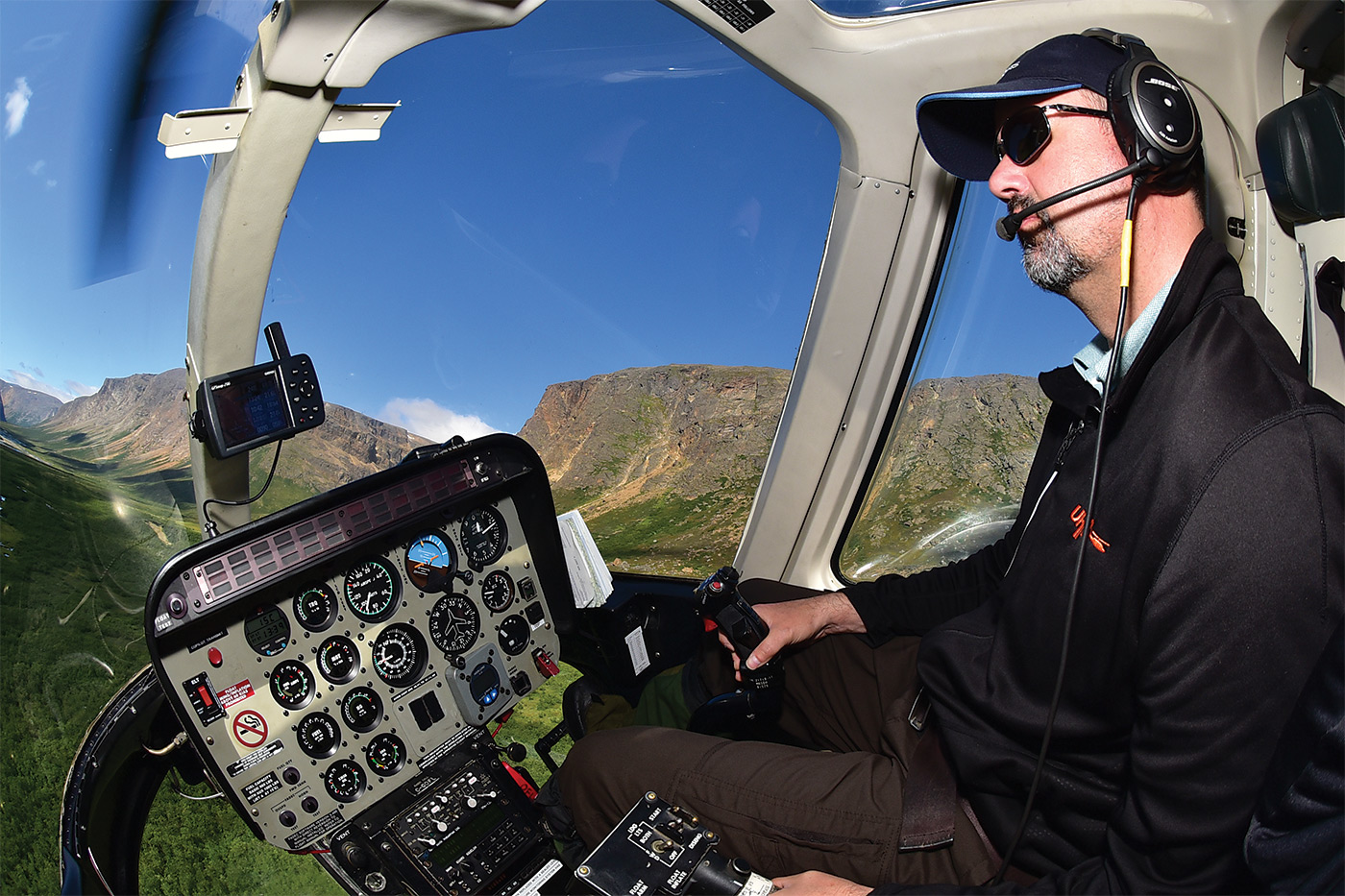
Operators would be able to deviate from the prescriptive requirements (with the exception of maximum annual fight time and maximum annual duty time) if they can demonstrate, by way of a safety case, that they can provide at least the same level of safety as the prescriptive requirements.
This could take the form of a fatigue risk management system (FRMS), which operators would use to identify and minimize the acute and chronic sources of fatigue and manage its potential associated risks. [See FRMS sidebar.]
Under the proposed regulations, the pilot-in-command would also be able to reduce or extend the flight duty period slightly when they encounter unforeseen operational circumstances.
Transport Canada estimates the potential reduction in accidents would save passengers, flight crew, and operators about $314.3 million over the next 15 years, while costing the industry about $337.65 million over the same period, mainly due to changes to flight crew scheduling requirements. Overall, the estimated net cost will be $23.35 million over 15 years.
INCREASED COSTS
While increased operating costs are by no means the only concern among smaller operators, they are a major factor driving opposition from HAC and the Air Transport Association of Canada (ATAC).
HAC estimates the new regulations would require between 30 per cent and 50 per cent more pilots to provide the same level of service, creating a sizeable financial burden and a number of logistical challenges, given most helicopter operators fly in remote locations.
“It’s not like we’re an airline that can simply draw from a pool of pilots as they pass through Calgary or Toronto,” said Jones.
“Sometimes it takes pilots in our industry two or three days flying just to get to the job site … at the end of the day for us, it’s going to mean manning up a single-engine helicopter in remote operations with two pilots rather than one, or it’s going to mean rotating pilots in about every two weeks.”
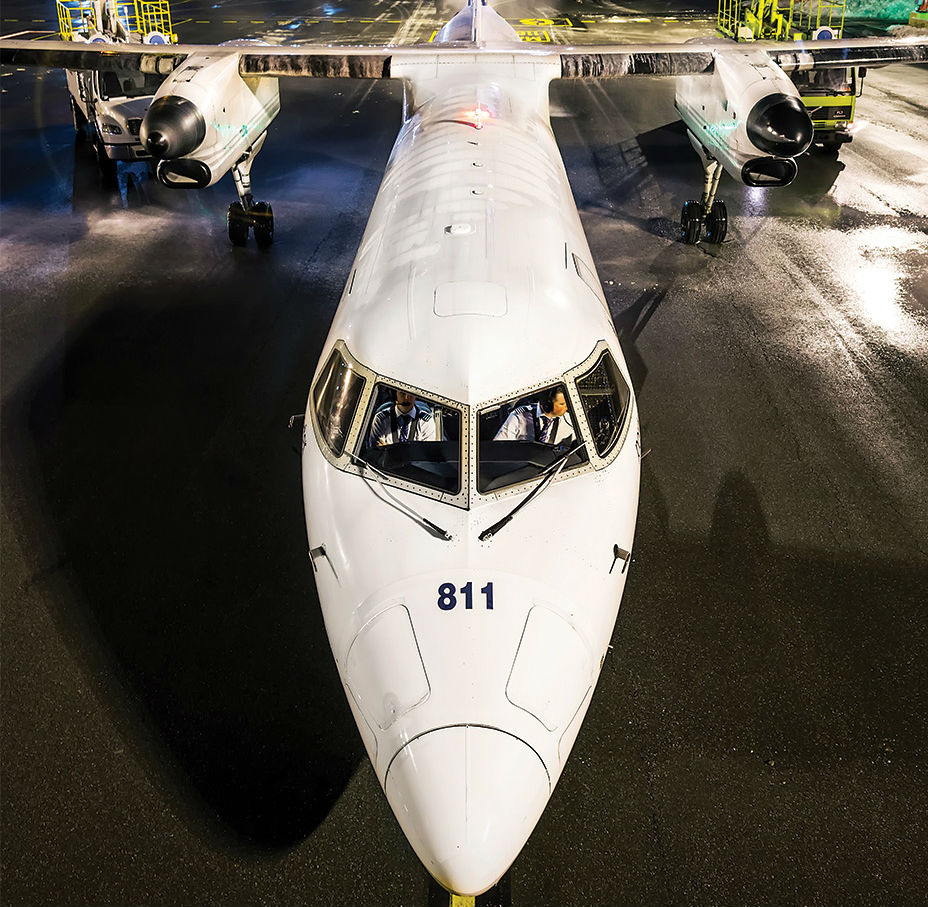
ATAC estimates the fixed-wing industry would require an average of 25 per cent more pilots under the new regulations, adding stress to operators already struggling due to the pilot shortage.
“Pilots don’t seem to realize they’ll work fewer hours, but more days,” said John McKenna, president of ATAC, at the organization’s annual conference in Montreal this past November.
“And it will threaten the livelihood of some companies. If suddenly your labour costs increase by [an average of] 25 per cent, some of the operators won’t be able to operate.
“Some routes that are not profitable will be dropped. If they have to double crew them, or have the crew stay overnight, some of these routes may be jeopardized. The cost of any airline ticket in Canada will go up. Finally, it’s going to put more pressure on the pilot shortage.”
Transport Minister Marc Garneau has emphasized the importance of improving safety through regulatory changes supported by science.
“We cannot take chances when it comes to flight crew members whose judgment and performance could be impaired,” said Garneau in a press release. “By aligning our regulations with the latest scientific findings and international standards, Canadian travellers can be confident that flight crews on board their planes are fit for duty.”
PILOTS NEEDED
In a perfect world, if there were enough pilots to go around, Corey Taylor estimates it would cost Universal Helicopters at least $100,000 a year to comply with the new regulations.
The Goose Bay, N.L.-based company has a fleet of 19 Bell and Airbus helicopters, servicing mineral exploration, environmental sciences and search and rescue clients, often in remote Northern locations, with Taylor as vice-president of business development.
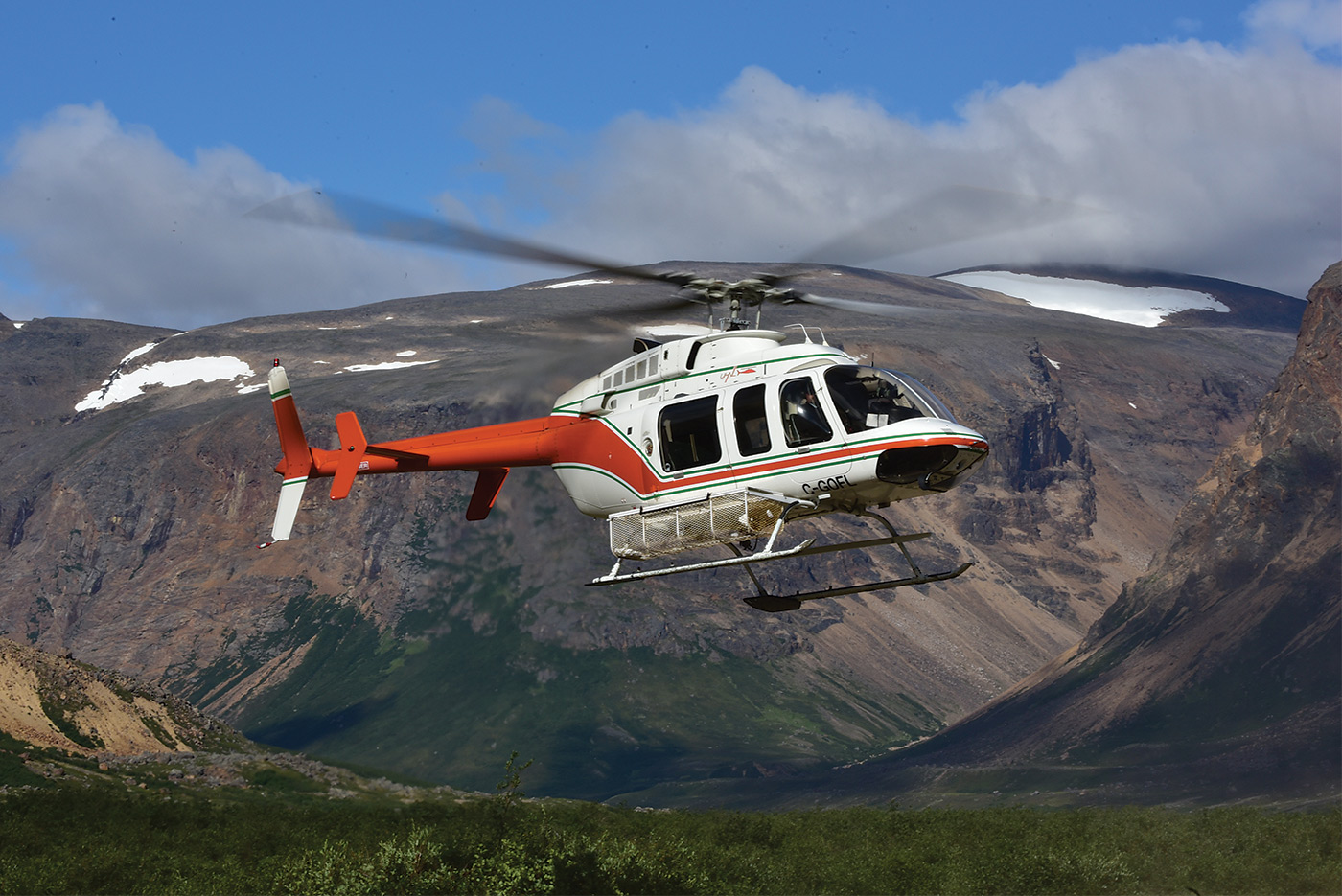
“It’s a paradigm shift, because the clients themselves would have to suddenly change the way they do everything,” said Taylor.
And of course, this isn’t a perfect world.
“The pilot shortage already is the biggest risk we face [from a safety perspective],” he said.
“Without enough pilots, inevitably we end up with pilots we wouldn’t normally hire in the cockpits. I mean that as an industry, not just our company.”
Taylor added that under the new regulations there would be an “order of magnitude increase in helicopter crew seats, with no one to occupy them.”
He estimated the cost of “base work,” where a pilot is within two days’ travel of a Universal Helicopters hangar, would increase 20 to 30 per cent a year and would increase a three- or four-pilot roster to five or six pilots for certain jobs.
But matters are complicated significantly when it comes to “deployed work,” when pilots are away from the hangar for days at a time, living in camps devoted to mineral exploration or oil and gas contracts.
Most of the company’s work during the busy summer season is deployed, and while Taylor could not estimate exactly how much more it would cost, he noted concerns about the effect of bringing in extra crews.
“When it takes you three days to get to an Arctic camp … you are literally going to spend 40 per cent of your time travelling to and from work,” he said. “This is not something that’s going to be attractive to pilots.”
This may be the kind of special case an FRMS could address, and Taylor speculated Transport Canada may also permit operators to bend the rules during a busy firefighting season. But his frustration with the situation is clear.
“Why is there a rule to start with that is supposed to be about safety–yet when the demand is there they’re going to give the industry a letter telling us they’ve looked at the situation and, since safety isn’t compromised, we’ll be allowed to work outside the new rules?”
PRACTICAL CONCERNS
Taylor used the example of his company’s contract for the federal Polar Continental Shelf Program, where pilots carry researchers 3,200 kilometres (2,000 miles) into the High Arctic for three to four weeks at a time.
The job typically involves a single pilot and no mechanic, working with clients who dart polar bears and carry out biological, environmental and archaeological surveys, said Taylor.

“That pilot provides a 14-hour duty day and five or six hours flying a day, and then we fly them out,” he said. “It takes three days to get a shift change happening, and we send them home. Another pilot replaces them for three to four weeks, and they carry on.
“How, under the new proposed regulations, would we actually manage that? Because by definition we suddenly have to have a shorter duty day, which of course inconveniences the client.”
Such contracts could be possible with additional government funding that supports having 10 pilots in the Arctic instead of five, he said.
“But most clients are simply going to say it’s not achievable. And where would the pilots come from, anyway?”
ONE SIZE DOESN’T ALWAYS FIT
Canada’s smaller fixed-wing operators are also grappling with the implications of the proposed regulations, which in some cases would dramatically change how they approach their businesses.
A solution that might work for major airlines is seen as one that doesn’t fit for charter and medevac operations that fly without a set schedule.
“There are definitely some rule changes that need to happen at times,” said an executive at an operator that frequently flies in Northern Canada. “However, the costs to the public may far outweigh any safety benefits that are intended by these changes. For example, in our medevac operation, these changes may require having twice as many crews, which adds substantial costs, and ignores other safeguards that are already in place.”
The executive said the company had not completed cost projections for complying with the proposed regulations, but said it could “easily” be into the hundreds of thousands of dollars a year.
“A medevac crew using company aircraft typically works a 14-hour shift and goes on rest for nine to 10 hours,” the executive said. “After the rest period, they are available again for another 14 hours.”
Under the current system, if one pilot works a day shift and doesn’t get a call during the day, they may be also available for the night shift.
“These changes would make that no longer possible,” said the executive.
“While these proposed regulation changes may not push us as a company out of business, there would likely be loss of employment and certainly higher costs to the end user and/or taxpayer.
“Until we see the final ruling it is difficult to determine the entire impact on [the] business aviation sector and other small aviation operators; however, it genuinely seems to be the wrong solution in this type of operation.”
The executive called on government to take a step back and consult more with smaller companies and business aviation operators before the regulation changes are finalized.
“There’s definitely time to look at this and see where we’re at,” the executive said. “Let’s see what the research actually says for these operations which are quite different than the scheduled airlines, for whom these changes were intended. The one-size-fits-all approach doesn’t work. There’s just too much variety in Canada for that all to work.”
A MEASURED APPROACH
Despite concern about how the regulation changes would affect smaller operators, there is genuine support for their intent to create a safer industry for pilots and passengers alike.
“We see anything that’s working towards a safer industry as a good thing,” said Alasdair Martin, president of Air Tindi, another small charter, cargo, tourism and medevac operator based in Northern Canada.
“So there’s certainly no opposition to the concept … I think there’s some fine-tuning required to try and recognize some of the differences.”
Operators in the far North have relatively few airports to work with and less reliable weather reporting.
They also deal with 24-hour daylight for parts of the year, when the difference between flying at 6:59 a.m. and 7 a.m. is virtually nonexistent–but starting before 7 a.m. would reduce the maximum daily duty period from 13 hours to 12 hours.
Also, Northern charter operators typically fly to multiple remote communities on a single “milk run,” and would be affected by regulations that lessen the permissible duty time based on the number of flights in a given day.
Shorter duty times would mean some trips that currently take a single day would take two days, adding cost to the operator that would need to be passed on to the customer.
“The question is, if the customer, as a result of having to have a significant increase in the cost of doing a job, would they then not do that job?” said Martin. “Does it preclude things happening in the North?”
These aren’t trivial questions, given air travel is the only way in or out of some Northern communities.
“It’s absolutely essential for so much of what goes on in the North,” added Martin. “Things that people would take for granted elsewhere in Canada–a Twin Otter is a small bus anywhere else.”
Martin declined to estimate how much it would cost his company to comply with the proposed regulations, and reiterated his support for their intent.
“We support the intent at any point, which is making the industry safer, is recognizing the need to have proper processes to ensure crews are fit for duty,” he said.
“But we also want to make sure there’s an understanding that some of the changes may have a significant effect on operations in the North–[an] unintended effect on the practical operations in the North.”
Transport Canada published the draft regulations in Canada Gazette, Part I, on July 1, 2017, and said it is reviewing all comments received as part of a consultation process. The final regulations are scheduled to appear in Canada Gazette, Part II, later this year.
Airline operators will have one year to comply with the regulations and commuter and air taxi operators will have four years
to comply.

Interestingly, we have a medevac operator that claims that when his pilots are on call all day and not called that they can then be called out that night. The new rules would make this impossible. That is EXACTLY why we need new regulations!!! How is it possible for ANY human being to rest so that they can fly all day and still be rested to fly all night (if they do not operate during the day)?
Next we have a comment about 6:59am versus 7am and the fact that it is light at that in many places. Once again, a complete lack of understanding of the human being involved. The circadian low is, in a broad brush, from 2-6am and with a tighter brush 3-5am. That assumes the person has normal sleeping patterns in the first place. So that ‘one’ minute that the operator refers to is irrelevant. A person is normally sleeping or waking close to that time. So a pilot starting their duty at 7am will have been awake, getting ready, driving etc for 2 hours prior to that.
The changeover in duty time from 3:59 – 4am (and the differing max duty) similarly does not take into account the fact that the pilot is waking at 2am to make that 4 am duty – completely missing their circadian low and most important sleep period. So while they may ‘awake’ for their show time and duty they certainly have not rested properly.
So it appears that the new regulations have been ‘watered down’. They mimic some of the EASA rules which the pilots in Europe still take issue with. Very little science remains.
But the industry does have one thing correct. A long duty day of 13-14 hours is NOT unreasonable and if you asked most pilots (and most people in general) they would likely agree that if their duty begins at 6am or later and ends by 11pm that they could manage a 12-14 hour duty day. There just have to enough days OFF after a series of these to recover. ANY duty beyond 11pm or prior to 6am should encompass strict rules with regard to shortened duty days and significant recovery days. It is the RECOVERY after (and prior) to such duties that are most important and that the new (and certainly old) rules fail to account for.
In that regard, the helicopter industry is correct – long days but no nights and then a long period of time off to recover.
One size may not fit all but many of these operators need to accept that the ‘old way’ is not only dangerous but has long term physical affects on the pilots themselves.
Nowhere have I seen anything regarding the general HEALTH of the pilot or the affects over a long period of time on a pilot.